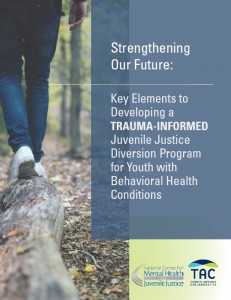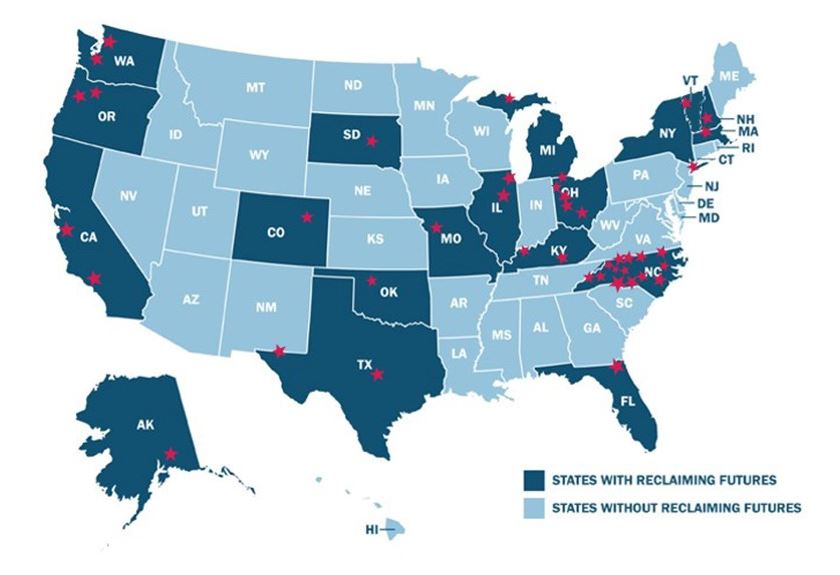Substance Use Disorder Treatment Alert!
By Bridget Murphy, March 30 2016
Deadline Approaching: Review and comment by April 11, 2016
Have you seen the Substance Abuse and Mental Health Services Administration’s (SAMHSA) proposed changes to 42 CFR Part 2, Confidentiality of Substance Use Disorder Patient Records? If not, we recommend taking a look and commenting as an individual, agency/organizational, or community collaboration. Feel free to share praises and/or critiques about the proposed changes with SAMHSA.
Here are some key highlights:
- Rewind time to more than four decades ago - 42 CFR Part 2 was conceptualized and approved to provide i
 ndividuals seeking substance use disorder treatment with protections for privacy and confidentiality. It was acknowledged that stigma and fear of potential repercussions (familial, employment; criminal) prevented people from seeking treatment.
ndividuals seeking substance use disorder treatment with protections for privacy and confidentiality. It was acknowledged that stigma and fear of potential repercussions (familial, employment; criminal) prevented people from seeking treatment. - The last “substantive” update to 42 CFR Part 2 was in 1987 (approaching three decades ago).
- There have been substantial changes in the way substance use disorder treatment is provided including a greater number of integrated health care centers (primary and behavioral health) and greater use of electronic health records. As such, modernizing 42 CFR Part 2 is necessary.
- The proposed regulations will continue to apply to federally-assisted “programs“ which “holds itself out as providing, and provides substance use disorder diagnosis, treatment, or referral for treatment.” General medical facilities have always been included as a “program”, but the proposed change adds “general medical practices” to the definition.
- It proposes if agencies and organizations that have “general designation” on consent form(s) they must provide patients a list of where their information has been shared.
- Proposes agencies and organizations must have policies and procedures in place to sanitize paper and electronic records.

 A critical element of the juvenile justice reform narrative in the past decade has been our elevated understanding of the role that trauma plays in the experiences of young people - particularly those involved with the juvenile justice and child welfare systems. With traumatic events and victimization affecting millions of youth each year, childhood trauma has genuinely become a pressing public health issue.
A critical element of the juvenile justice reform narrative in the past decade has been our elevated understanding of the role that trauma plays in the experiences of young people - particularly those involved with the juvenile justice and child welfare systems. With traumatic events and victimization affecting millions of youth each year, childhood trauma has genuinely become a pressing public health issue. Every week we round up the latest news on juvenile justice reform, adolescent substance use treatment, and teen mental health.
Every week we round up the latest news on juvenile justice reform, adolescent substance use treatment, and teen mental health.  (NCMHJJ).
(NCMHJJ). 



 Below you'll find a selection of the latest grants, jobs, webinars and events posted to our Opportunity Board. Please share the
Below you'll find a selection of the latest grants, jobs, webinars and events posted to our Opportunity Board. Please share the  Every week Reclaiming Futures rounds up the latest news on juvenile justice reform, adolescent substance use treatment, and teen mental health.
Every week Reclaiming Futures rounds up the latest news on juvenile justice reform, adolescent substance use treatment, and teen mental health. 

 Reclaiming Futures sites, this year marked our twelfth year of our Natural Helper program. Our volunteers and community partners that make our initiative a success were recognized for their
Reclaiming Futures sites, this year marked our twelfth year of our Natural Helper program. Our volunteers and community partners that make our initiative a success were recognized for their